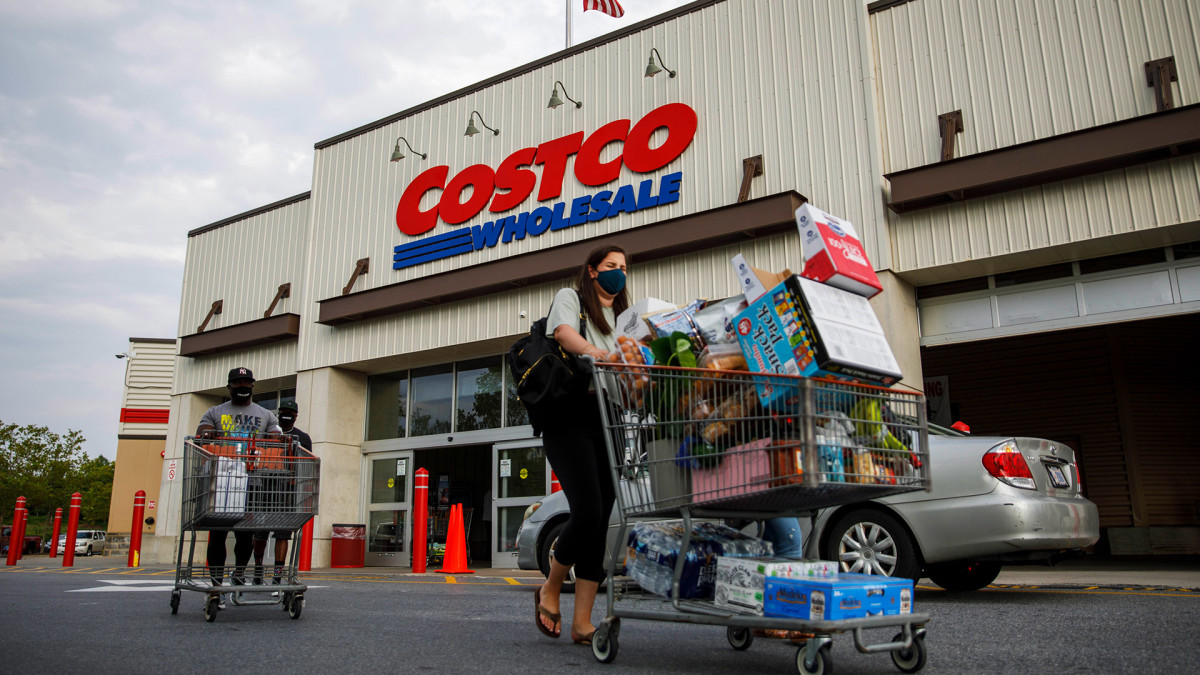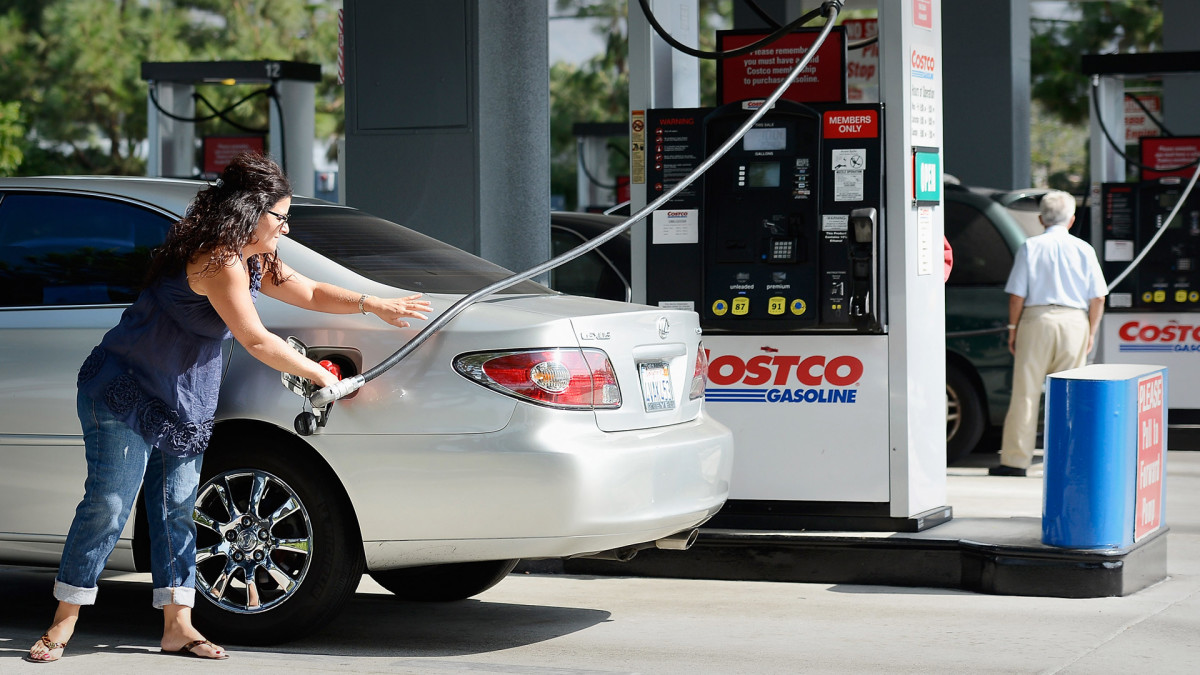
Costco offers more than just low prices. The warehouse club has, in many cases, become destination shopping for its members.
It's fun to walk through its stores to try the free samples, see how the merchandise has changed, and maybe buy something unexpected. People who live close to a Costco might drop by just for low-priced gas or to have a cheap meal at the food court.
The chain has made itself into such a destination that people pay $60 for a Gold or $120 for an Executive membership, even when they don't live all that close to a Costco (COST) warehouse.
Related: Costco adds a bargain upscale product that members will love
They will join even as they know they won't visit that often because of the distance between their home and the store. That's a testament to how valuable people consider a Costco membership because they believe they can make it worthwhile even if they don't visit regularly.
Costco does expand and add new warehouses — about 10 to 15 in the U.S. each year — and communities fight to get the chain to open (and, in some cases, fight to keep it out, given the traffic a single warehouse club drives).
The chain does not talk a lot about its expansion plans or how it selects where it wants to add a new warehouse. Chief Financial Officer Richard Galanti, however, recently provided some insight into a key part of the process.

Image source: Kevork Djansezian/Getty Images
Costco looks to cannibalize itself
A Costco warehouse does a lot of business. Galanti, who will be stepping down later this year, did not disclose the average sales per club, but he offered up some numbers during the company's first-quarter earnings call:
"The average, I don't know, I don't have the numbers in front of me, but I know in fiscal '23 we had something like 25 or so locations that did over $400 million and another 160 or so that did $300 million to $400 million."
Galanti said that when a store hits certain annual sales numbers, that's a sign that the chain should consider expanding in that region.
"Those are huge numbers. And certainly, as we get to $350-plus — and one of them, by the way, they did over $400 million — did a few million over $600 million. And so, generally, when it starts getting — when it starts having a three in front of it, certainly at $350 million, we want to start looking to see what we can do to cannibalize it, frankly, and to have more growth in that market," he added.
Essentially, Costco's secret recipe for expansion involves building off successful stores. That's a smart plan given its warehouse and distribution network can more easily serve stores that are relatively close to each other.
Costco may need to grow faster
Galanti noted that Costco actually faces a good problem as its warehouse clubs continue to grow their sakes.
"One of our bigger problems and challenges is that we have more of those each year. So, I think that'll continue," he said. "Again, if I look back five, eight years ago, even assuming whatever inflation number you want to assume, I think we've done a little better than that in terms of the sales volumes. And so, that's good news for us that we'll continue to do that."
The CFO noted earlier in the call that the company continued to see growth opportunities in the U.S. and worldwide. He explained that a few years ago he would have expected that new locations would be a 50/50 split between the U.S. and Canada and the rest of the world.
It has actually remained around 70/30, according to Galanti.
"We are finding more opportunities in the U.S. Clearly, our average sales volume per location is higher today than we would have expected ourselves, thankfully, you know, six, seven years ago, what would it be by now, and we are finding those opportunities," he added.
Costco shares were off slightly Friday at $723.99. The shares have risen 9.7% this year after soaring 44% in 2023.
Related: Veteran fund manager picks favorite stocks for 2024







